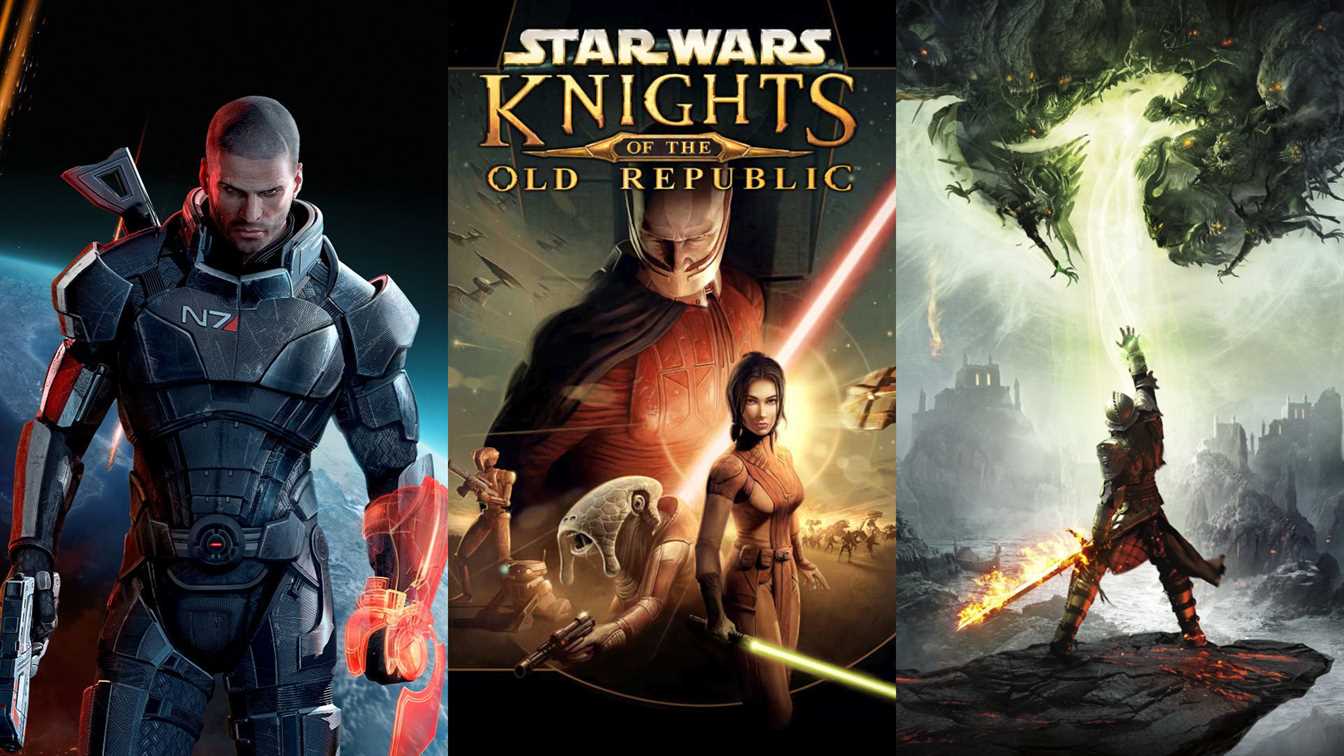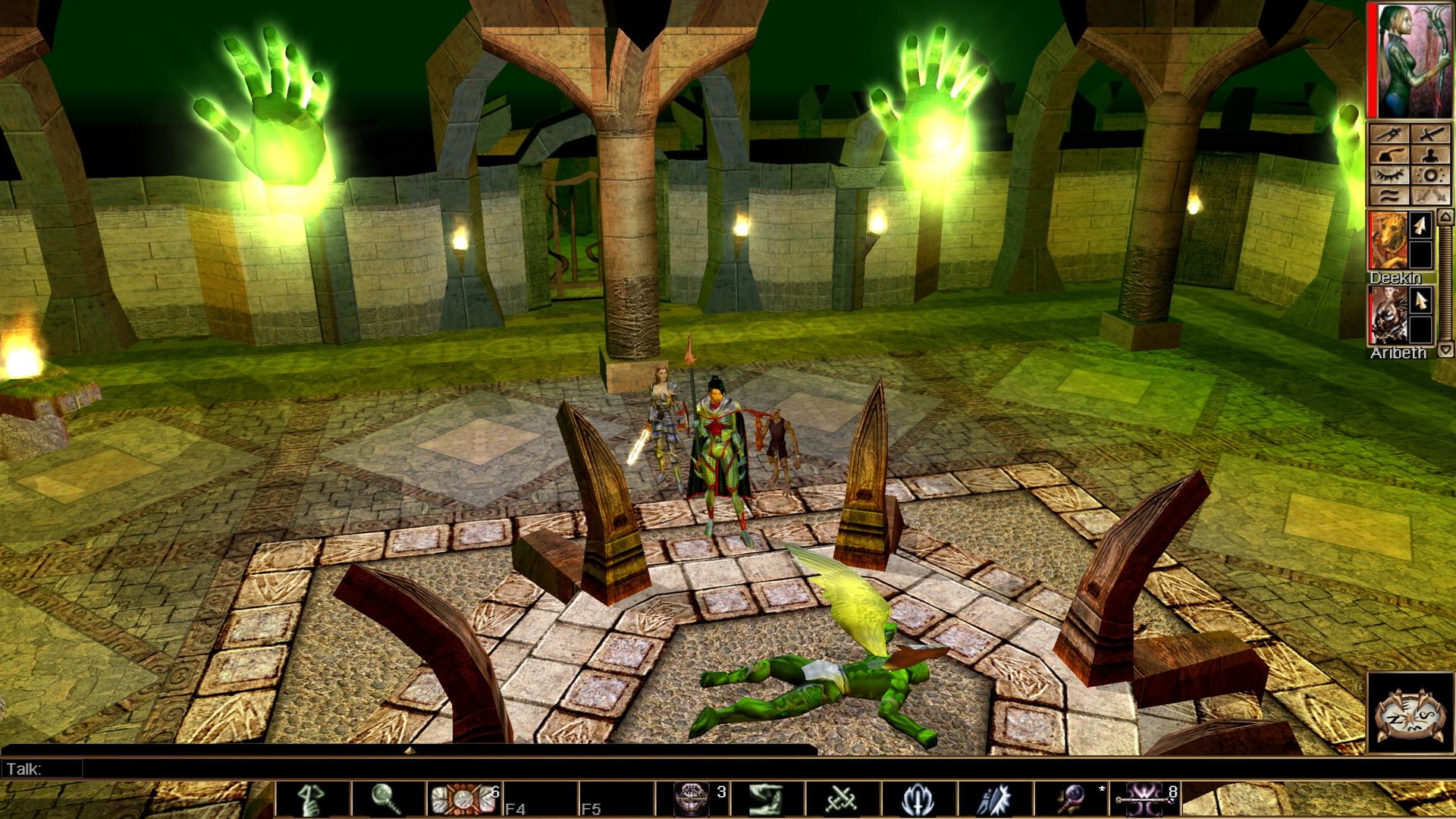

"What's important is that there's a balance," he continues. Then a smaller number of choices are global they have effects down the line, affecting the critical path in small and large ways." "Other choices are going to be local in their effect you see a repercussion after the choice is made, but it's confined to the plot or the region the choice occurs in. The player doesn't necessarily know that, however, and for them the fact they're being asked to decide something gives it weight. You're asking the player to make a choice, but either there is no 'real' effect, or it's immediate. You can actually split choices up into several categories. "The guiding principle," says Gaider about how all these choices are handled, "is degrees of consequence. There are hundreds of such interactions across the game, which means players end up making hundreds of choices.

However, the more unique and compelling aspect of the game is its decision-making component: every interaction involves complex dialogue choices that let the affect how plots evolve down the road.
#TOP BIOWARE GAMES FULL#
On the one hand, it's a party-based dungeon-crawler, full of stats and levels and weapons and upgrades and so forth. The game ultimately came to reflect a blend of these ideas – the concept as it was originally envisioned, and the actual limitations revealed by the writing process.ĭragon Age II, like its predecessor, is played on two levels. But in others, the team found that certain RPG elements emerged naturally, as a function of the genre, rather than as a matter of tradition. In some ways, the new concept worked just as planned. These questions began to work themselves out as the process unfolded. What would it feel like to play a game where you don't see time's gradual passage? Would jumping through time break narrative unity and pull the player out of the story? And how would this work from an implementation standpoint? Would creative resources get bogged down trying to account for the long-term impact of minor decisions that the player made five years ago in game time? So this offered us the chance to give a sense of greater scope." "Sometimes the lack of an ability to hand-wave time passing means we end up with a lot of events happening in an unrealistically short span, or repercussions for a player's actions that either need to occur instantly or be relegated to the epilogue. " definitely allowed us some unique opportunities," Gaider says. This would be accomplished with the help of a framing device, allowing for the time jumps to be implemented as flashbacks. Instead of telling a story over a short span of time in a wide open world, they would set the game within a single city, and jump through an epic ten-year period. His idea was this: instead of telling a linear, he suggested they modify the structure on a high level and jump between the major moments of a character's life. It was Laidlaw who first proposed the new game concept. So they decided to focus more on the "dark" than the "heroic" in their "dark heroic" fantasy sequel, and go for a grimmer, more personal tale. If there was one thing about Origins' writing that was often criticized, it was that the plot followed a predictable Hero's Journey. Gaider and lead designer Mike Laidlaw decided they didn't want to tell the same story with new names and faces. "Do we pick one branch and continue the story of the Warden, excluding all others? Do we try to accommodate multiple storylines from the outset? Do we start a new main character with a different story branch? Or do we try something new?" "There's a certain level of expectation among fans, and especially with a game like Dragon Age: Origins that follows so many different story branches, only so many options we could consider. "It's an interesting process, approaching the story for a sequel," says Gaider. Gamasutra spent some time with David Gaider, lead writer on the Dragon Age franchise, who explained the ins and outs of how Dragon Age II was written.

BioWare decided to ignore its own blueprint for success with Dragon Age II. However, the game represented a departure from its predecessor, in a narrative sense.

Dragon Age II was released in early 2011, delivering a new story that expanded on the original's rich game world. Not surprisingly, BioWare moved quickly on a sequel. The writing went on to win a number of awards, and was a key component in the game's success. The game received particular accolades for its writing, which used a decision-based narrative structure and weighty, nuanced dialogue to tell an epic, emotionally-driven story. In late 2009, BioWare booted up a new fantasy RPG franchise with Dragon Age: Origins, which rose to become one of the top games of that year.


 0 kommentar(er)
0 kommentar(er)
